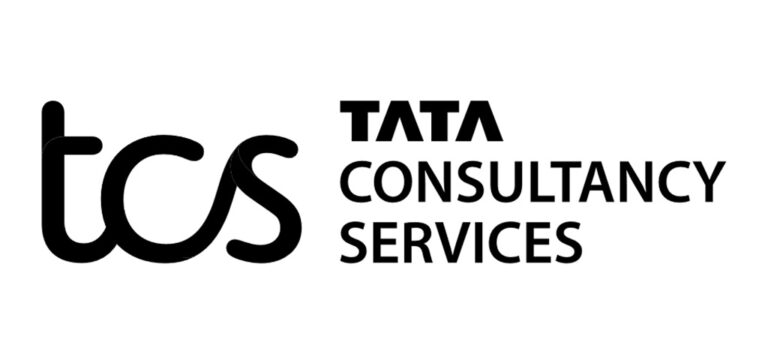It is never too early to plan for the future, especially when it comes to the leadership of your company. After all, a steady leadership is highly important for maintaining the company’s operations and result quality.
Succession planning ensures that companies are prepared for the future by identifying and nurturing potential leaders within the organization. It gives aspiring leaders a chance to boost their skills while making sure that the company can navigate personnel change effectively without losing a step.
This process is especially crucial in senior HR roles, as these positions significantly impact an organization’s overall success.
What is Succession Planning?
Succession planning refers to the strategy used by organizations to identify and develop internal candidates for key leadership positions. This proactive approach ensures that a capable replacement is ready to step in and lead the organization seamlessly when a senior leader departs.
The goal of succession planning is to build a talent pipeline, reduce leadership gaps, and ensure the continuity of business operations. This planning is even more vital in the context of senior HR roles.
HR leaders not only manage an organization’s most important asset—its people—but also influence organizational culture, drive strategic initiatives, and ensure legal and regulatory compliance. Therefore, any leadership vacuum in HR can lead to disruptions, inefficiencies, and potential legal issues.
The Importance of Succession Planning in Senior HR Roles
Continuity of HR Functions
Leadership transitions in senior HR roles can affect the smooth functioning of key HR processes such as recruitment, talent management, employee relations, compensation and benefits, and labor law compliance.
A sudden gap in leadership can lead to miscommunication, delays in decision-making, and potential compliance risks. Succession planning ensures a well-prepared and capable successor is ready to take on the responsibilities, minimizing disruption.
Strategic Workforce Planning
In India’s diverse and dynamic business environment, HR leaders manage complex workforce issues, such as labor laws, diversity, employee engagement, and skill development.
Succession planning helps identify leaders who understand these challenges and have the vision to shape the workforce for the future. Organizations can maintain strategic consistency even during transitions by grooming future HR leaders.
Maintaining Organizational Culture
Organizational culture in India is often deeply intertwined with local traditions, values, and social norms. Senior HR leaders play a crucial role in shaping and maintaining this culture. A well-executed succession plan ensures that the incoming HR leader aligns with the company’s core values and vision, promoting continuity in the culture.
When succession planning is done well, the transition of leadership becomes a smooth process that ensures the upholding and strengthening of organizational culture.
Attracting and Retaining Talent
Succession planning involves more than finding replacements for senior roles; it also involves preparing high-potential employees for future leadership positions. In India, where talent shortages in senior roles are a growing concern, a clear succession plan can make a company more attractive to top talent.
Employees are more likely to stay with an organization that is committed to their growth and offers opportunities for advancement.
Risk Mitigation
Businesses often face a myriad of regulatory challenges, ranging from complex labor laws to compliance with industry-specific regulations. Senior HR leaders are key to managing these risks.
A sudden departure of the HR head without a clear succession plan can expose the organization to legal and compliance risks. A succession plan ensures that there is always someone with the right expertise to navigate these challenges, thereby minimizing risk.
Building Leadership Bench Strength
Succession planning helps organizations build a strong leadership bench by identifying and nurturing internal talent. This is especially important in India, where attracting and retaining top talent can be challenging.
By developing internal candidates, companies reduce the need to rely on external hires, which can often be costly and time-consuming. Internal candidates also deeply understand the company’s values, culture, and processes.
How to Implement Succession Planning for Senior HR Roles in India
While the importance of succession planning is evident, its implementation requires careful thought and a structured approach. Here are the steps organizations in India can take to implement effective succession planning for senior HR roles:
Identify Critical HR Roles
The first step is identifying the senior HR roles critical to the organization’s success. In India, this often includes the Head of HR, HR Directors, and Managers responsible for compliance, talent acquisition, and employee relations.
These positions are pivotal in ensuring that HR functions are aligned with business goals and that the company complies with labor laws.
Assess Current Talent
Once the key roles are identified, organizations must assess the current talent pool to identify potential successors. This involves evaluating internal candidates’ skills, performance, and leadership potential.
It is essential to look beyond technical HR skills and assess qualities such as emotional intelligence, strategic thinking, and the ability to drive change—attributes crucial for senior HR leaders in India’s complex and diverse work environment.
Develop and Nurture Future Leaders
Succession planning is not a one-time event but a continuous process. Organizations should invest in leadership development programs to nurture potential HR leaders. These programs should focus on developing technical and soft skills, emphasizing building competencies in conflict resolution, negotiation, and strategic decision-making.
Create a Transparent Succession Plan
A transparent succession plan ensures employees understand the pathways to senior leadership roles. This is especially important in India, where career advancement may sometimes need clarification or better communication.
By creating clear, well-structured succession plans, organizations foster trust and motivate high-potential employees to perform at their best, knowing there is an opportunity for growth.
Monitor and Evaluate Progress
Succession planning should be a dynamic and evolving process. It is crucial to monitor the progress of identified successors regularly, evaluate their performance, and adjust development plans accordingly.
In India’s fast-paced business environment, external factors such as changes in labor laws, economic conditions, and industry trends can affect succession planning. Companies must remain flexible and adapt the plan as needed.
Incorporate Diversity and Inclusion
In India, diversity in the workplace is becoming increasingly important. A succession plan should reflect the organization’s commitment to diversity and inclusion.
Companies should ensure that their succession planning processes are inclusive, providing equal opportunities for employees from diverse backgrounds, genders, and regions to advance into senior HR roles.
The Challenges of Succession Planning in India
While succession planning offers numerous benefits, organizations in India may face several challenges in its implementation:
- Cultural Resistance to Change: In many Indian organizations, particularly those with a traditional mindset, succession planning may face resistance. Employees may be hesitant to take on new leadership roles or may not see succession planning as a priority.
- Lack of Leadership Development Programs: Not all Indian organizations have structured leadership development programs, making identifying and nurturing potential successors for senior HR roles challenging.
- Attrition and External Hiring: High attrition rates in India sometimes make it harder to keep high-potential employees engaged and ensure they stay with the company long enough to be groomed for senior roles.
Conclusion
Succession planning in senior HR ensures business continuity, fosters leadership development, and maintains organizational culture. By implementing an effective succession plan, organizations in India can secure a strong leadership pipeline, reduce risks, and enhance employee retention.
For Indian companies, succession planning in HR is not just about filling vacancies; it’s about creating a robust framework for the organization’s future. By focusing on internal talent, offering development opportunities, and aligning leadership strategies with the company’s vision, organizations can ensure they are ready for the challenges of tomorrow while staying true to their values and goals today.




